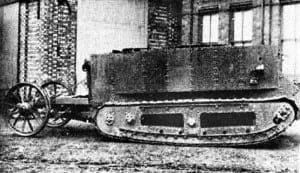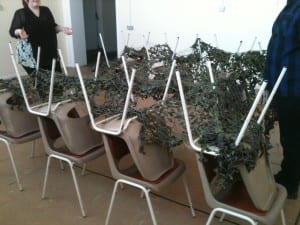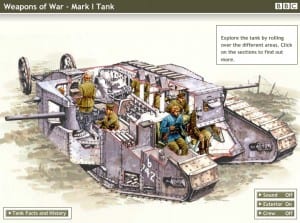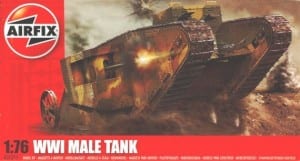On reflection of the Tanks performance I think one of the highlights was the atmosphere we tried to create once the audience had stepped into the weighing room (Tank Testing Zone). With the sound of a tank rumbling through the battle field and the crew chatting there motto, we tried to create an unease and mixed tense within the audience. Also with the audience being trapped inside the tank once the chairs were at the side as well as the netting over the top of them it heightened the atmosphere. I further developed our idea I would like to have restricted the audience view, by this I would have probably made a replica of the tanks crews mask and had them wear it while inside the tank.
One of the main aims of our performance was to show how important the tank was not only to the grandstand but also to Lincoln on a whole. Although the tank was not built at the grandstand it was tested on the area opposite the Grandstand West Common and also Burton Park. What we wanted to try and achieve was to show how important Lincoln and the area around the Grandstand was during the Frist World War. Also how a the design of the machine conjured up by 3 men, Sir William Tritton, William Rigby of Fosters & Co and Major W G Wilson of the war Office, could change the way we fight in war.
Some issues that accrued during the performance, partly ones that I noticed, the majority of us were a bit shaky on the line and the timing of the dialogue. Noting want had happening earlier in the day, one of the team not making it due to serious illness, we had to change and swap around some of the lines, which didn’t help because we got muddled with the lines and would stress about don’t knowing perfect enough to be comfortably with not having them written done. One of major issue which I would have further developed on was the movement of the chairs. The original Idea was for the four of us in the group to move the chairs one on top of each other, under each other and back around again to signify the movement of the caterpillar tracks movement along the ground. The movement which we did sort worked, but when it was left down to 3 members it was a bit more slowly and sticky in places and felt a bit jagged.
Overall if had further time to develop our idea, I would experiment more on the movement of the chairs or even try a different way of portraying and building the tank, maybe to the same size as a real one?, and see how that would affect the space we were working in. Another possibly idea would be to involve the audience, make them build the tank without know what they doing and then show them what they have made.
The machine that changed the face of warfare forever.



